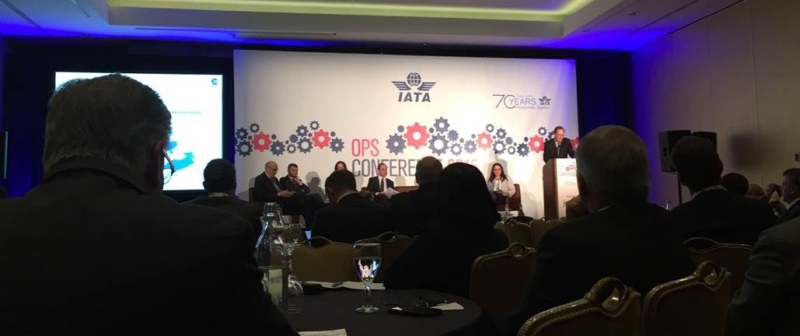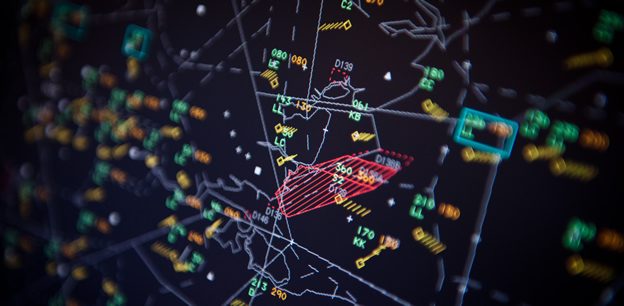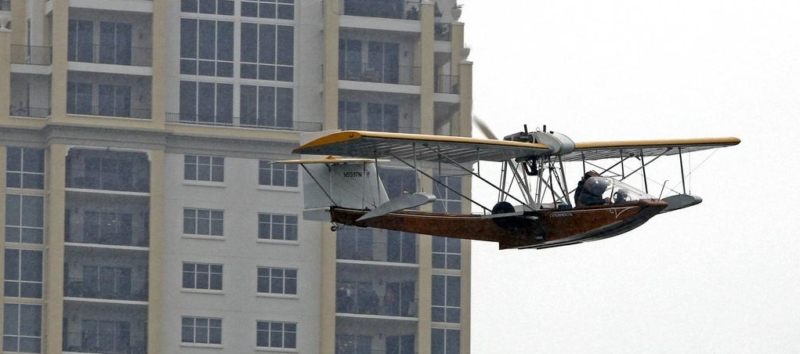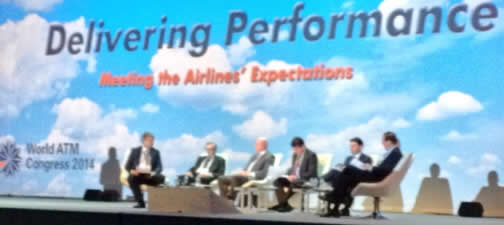Every year the International Air Transport Association (IATA), which represents some 250 airlines carrying 84% of the world’s air traffic, brings its members together for an Operations Conference.
It’s always a useful forum to attend; we’re firmly of the view that the best way to improve safety and performance is to work together across the industry. This year the conference was in Los Angeles and focused on the challenge and opportunity from introducing new technology to enhance safety, efficiency and capacity.
With the high-profile incidents of the past 12 months, IATA was keen to point out that air transport still remains by some distance the safest mode of travel and does so by design; largely because stakeholders across the aviation industry – airlines, airports, air navigation service providers and regulators – collaborate to continually improve safety performance.
Presentations focused on the need for co-operation and collaboration when introducing new technology, with a particular emphasis on the approach landing and go-around phases of flight. Statistically these flight phases have the highest risk.

Our Managing Director of Operations, Martin Rolfe, presented on how we use real/near real-time aircraft data in addition to ground-based data to further improve flight safety and efficiency. This offers significant safety benefits; we’re already using aircraft data to monitor speeds on final approach, to cross-check cockpit barometric pressure measures and to ensure flight level accuracy, with tangible improvements in safety performance as a result. The challenge from IATA was for the industry as a whole to make wider use of such data and to integrate it into safety nets, making the information easily usable by Air Traffic Controllers to ensure benefits are realised.
Communication and collaboration across the aviation industry is also vital if we’re to improve wider performance. The recent introduction of Time-Based Separation at Heathrow, which uses Mode-S downlinked data to create real-time wind profiles, is a prime example of this. NATS, in partnership with Lockheed Martin, has worked closely with the airline community, Heathrow airport and our regulator to ensure its successful implementation. This solution is expected to halve delays caused by strong headwind conditions, the single biggest cause of ATFM delays at Heathrow. We know there’s always more to be done but it was encouraging to hear positive words from IATA, the FAA and airlines on the work NATS does to try and collaborate more with airlines and regulators, something we have put a lot of effort in to.

The conference is always an interesting forum to hear the industry’s latest views on a wide range of topical issues. There was a lot of debate on a variety of safety-related topics, from how we create a culture and environment which allows and encourages the sharing of safety-related data, through to global aircraft tracking and the idea of proposals to allow control of aircraft to be taken from the ground – you can read our views on that particular issue here.
Comments
Please respect our commenting policy and guidelines when posting on this website.



